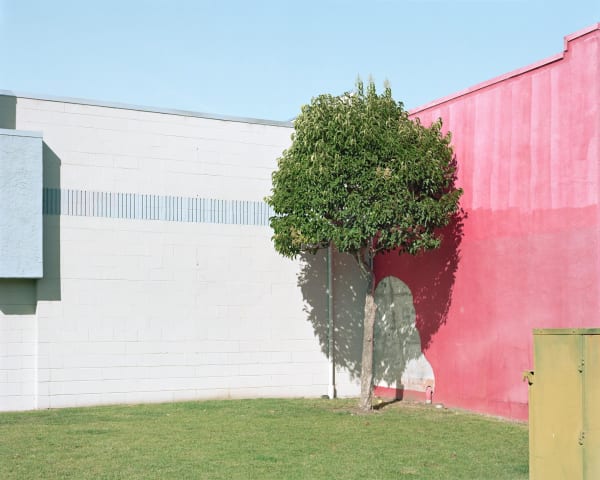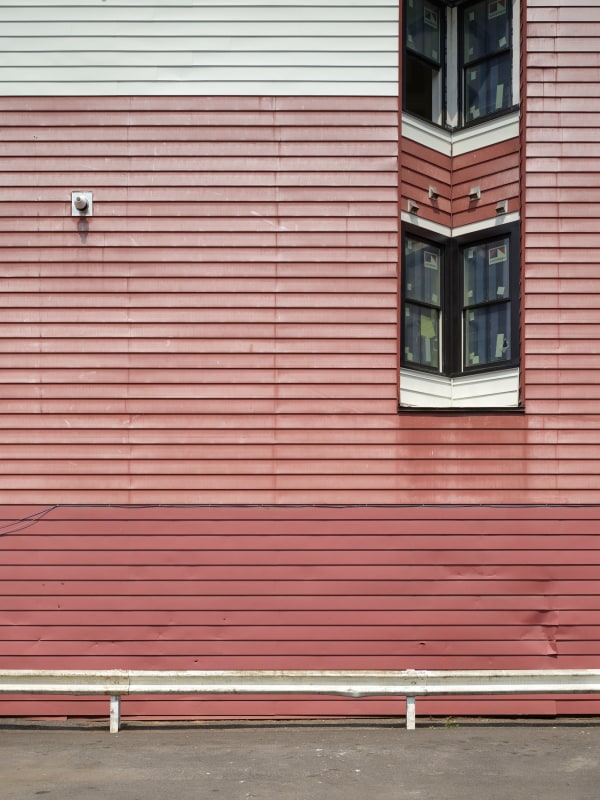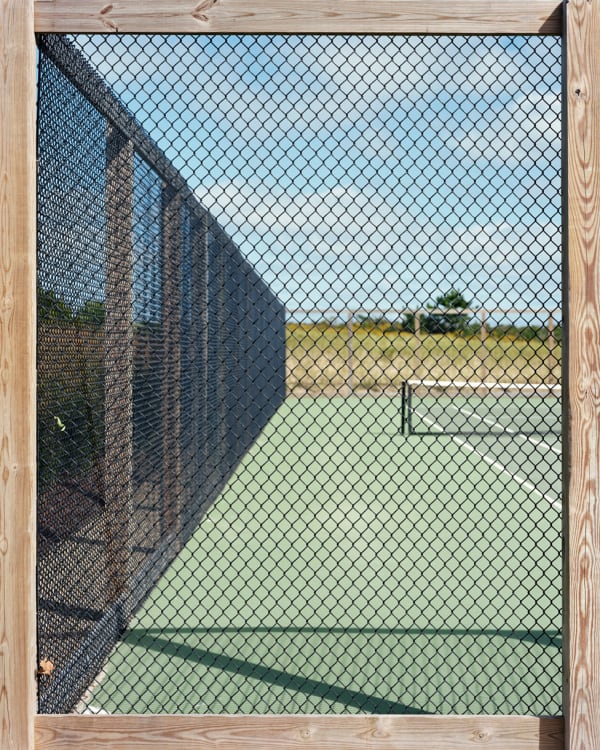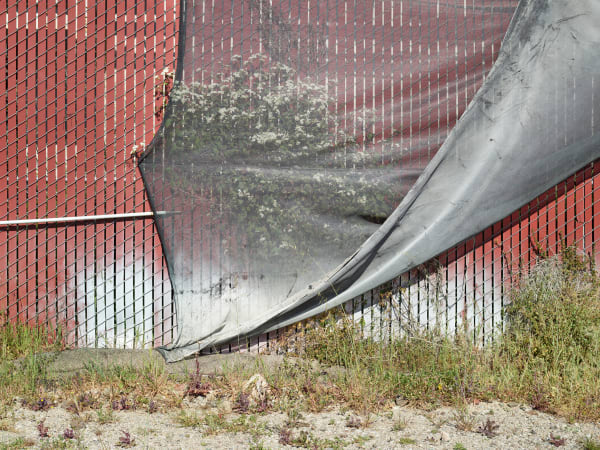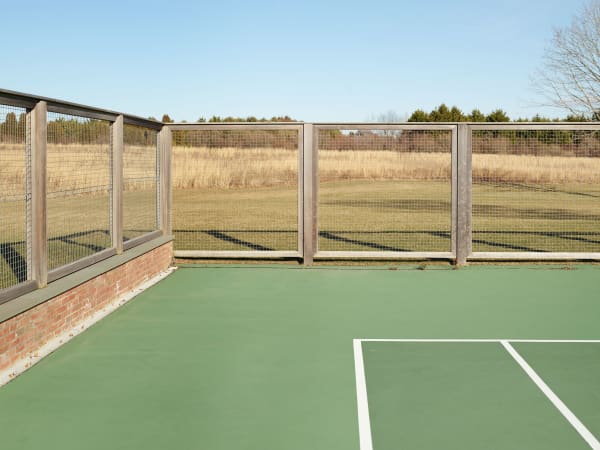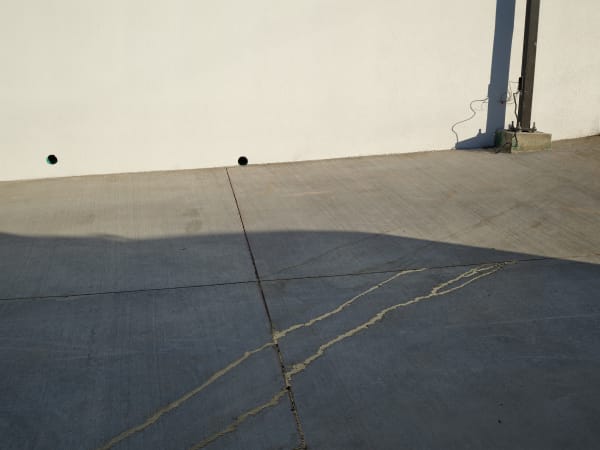The process of creating an abstraction is, for Michael Gaillard, a calculation of finding the balance between showing enough information not to be opaque, without revealing so much information that it is closed down by its specificity. Gaillard addresses each image as a set of problems he must solve, ultimately with the goal of producing a composition that doesn't fight the two-dimensional plane for which it is intended. Every line, texture, shape, and object in the frame carries a visual and symbolic weight that Gaillard tries to balance. "Every line, texture, shape, and object in the frame carries a visual and symbolic weight that I need to balance. Though it's not a matter of symmetry, but rather achieving harmony between elements, and that ideally allows a deeper, more lasting engagement." Sometimes they are symmetrical, but more often there are elements that more symbolically charged or carry greater visual weight, and this compels him to balance the frame with a greater area of open space. In so doing, Gaillard's images embrace the picture plane as opposed to being a window into another place and time. They are at once detailed records of a place and discrete formal abstractions, oscillating between those poles in dynamic tension. These images hover between worlds, providing depth in their simplicity and serving as keys that open up other, more topically specific content, to a broader spectrum of relationships and interpretations.


